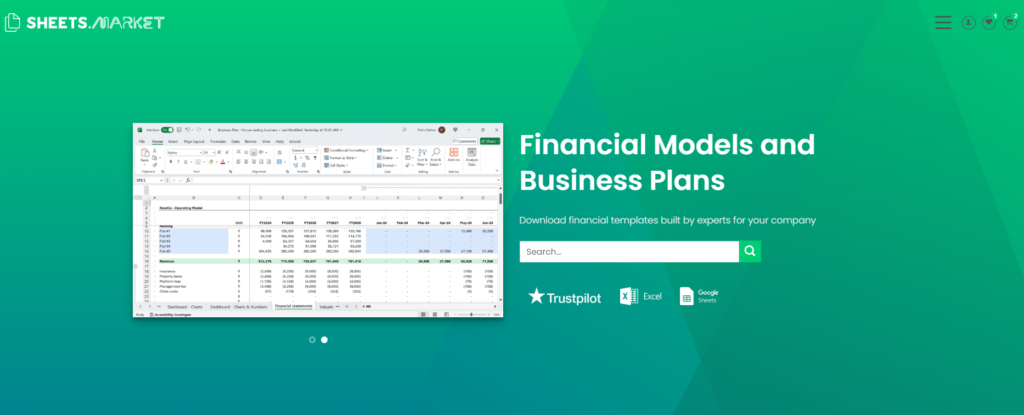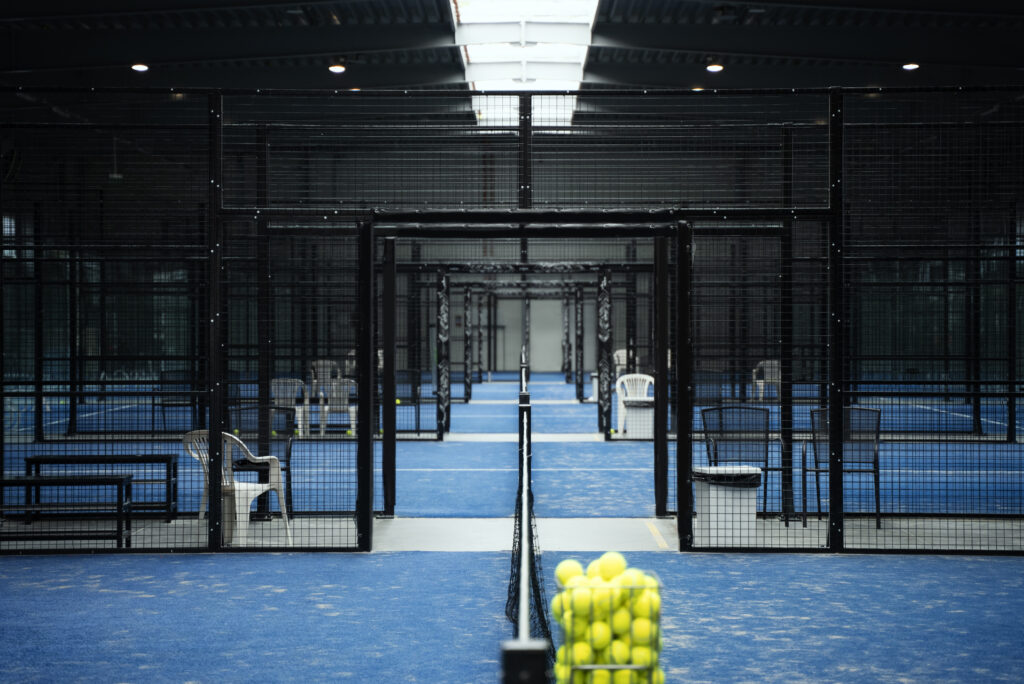Business Planning & Strategy, Financial Models
Tennis Facility’s Profitability: Operating Costs & Revenue Stream
Tennis facilities operate in a premium, skill-based sports segment with predictable seasonal demand and high customer loyalty. While revenue per square foot is lower than fitness alternatives, profitability is unlocked through court utilization, coaching monetization, youth programming, and membership layering. Most clubs struggle when reliant on court rentals alone—top operators integrate instruction, events, and retail into a vertically structured model.
Asset Configuration
CapEx is significant, especially for indoor facilities, driven by court construction, lighting, climate control, and clubhouse infrastructure. A standard club includes 4–8 courts, reception area, locker rooms, a pro shop, and optional amenities like fitness zones or cafés.
| Asset Category | Cost Range (USD) | Notes |
|---|---|---|
| Tennis Court Construction (4–8) | $400,000 – $1,000,000 | $100K–$150K per indoor court incl. surface, netting, lighting |
| HVAC, Lighting, Ceiling Height | $150,000 – $300,000 | Required for indoor; significant energy driver |
| Locker Rooms & Reception | $50,000 – $100,000 | Bathrooms, front desk, seating |
| Pro Shop & Booking System | $15,000 – $25,000 | POS, CRM, online reservations, stringing desk |
| Clubhouse Amenities (Optional) | $25,000 – $50,000 | Café, lounge, viewing gallery |
Total CapEx: $640,000 – $1.5M, depending on indoor vs. outdoor, number of courts, and facility complexity. Outdoor-only clubs reduce CapEx but lose off-season revenue.
Revenue Model
Revenue is driven by a mix of court rentals, memberships, lessons, clinics, youth academies, tournaments, and pro shop sales. Average court rental ranges $25–$60/hour, but private lessons and recurring youth programs generate significantly higher yield per hour.
Annual Revenue Potential – 6-Court Indoor Facility, Full-Year Operation
| Revenue Stream | Volume Assumption | Annual Revenue (USD) |
|---|---|---|
| Court Rentals (non-members) | 10,000 hours/year @ $40 avg. | $400,000 |
| Membership Dues | 400 members @ $95/month | $456,000 |
| Private Lessons & Clinics | 3,000 hours/year @ $80 avg. | $240,000 |
| Youth Academy Programs | 120 kids/year @ $1,200 avg. | $144,000 |
| Tournaments & Events | 20 events/year @ $2,500 net | $50,000 |
| Pro Shop (gear, stringing) | $1,000/week avg. | $52,000 |
| Café / F&B (net revenue) | $800/week avg. | $41,600 |
| Total | $1,383,600 |
Top-tier tennis centers with multiple coaches, full camps, and upscale amenities can exceed $1.8M–$2.5M/year. Courts-only clubs without programming or coaching layers often stall at $300K–$600K.
Operating Costs
Labor includes coaching staff, admin/reception, janitorial, and maintenance. Other key expenses include utilities (especially HVAC), court resurfacing, and insurance. Fixed costs are high—volume and programming are essential to margin.
| Cost Category | Annual Cost (USD) |
|---|---|
| Staff & Coaching Payroll | $465,000 – $535,000 |
| Utilities (HVAC, lighting, water) | $135,000 – $165,000 |
| Court Maintenance & Resurfacing | $75,000 – $90,000 |
| Insurance, Licensing, Legal | $55,000 – $70,000 |
| Marketing & Member Retention | $75,000 – $90,000 |
| Software, Booking, CRM | $25,000 – $40,000 |
| Total | $830,000 – $990,000 |
Well-structured clubs achieve 35-40% EBITDA margins, primarily through strong programming and retention. Underutilized courts, inconsistent coaching delivery, or overly complex operations fall below 15% margin.
Profitability Strategies
Key KPIs: revenue per court-hour (RPCH) and active members per court (AMPC). Targets: RPCH > $60, AMPC > 60. Courts must be monetized beyond passive rentals—structured coaching drives margin.
Anchor recurring cash flow with monthly memberships, prepaid lesson packs, and after-school youth programs. Integrate tiered memberships with benefits: advance booking, league priority, guest passes.
Drive off-peak utilization with ladder play, round robins, and corporate events. Use software to auto-fill court gaps with waitlists, and offer dynamic pricing during slow hours.
Use junior development pipelines to retain families long term. Upsell team gear, stringing, and racquet services through on-site shop. Push food & beverage (grab-and-go smoothies, espresso bar) for incremental margin.
Keep labor flexible via part-time instructors and seasonal staffing. Measure coach yield in $/hour delivered and enforce minimum occupancy for group clinics.
So what?
A tennis facility is not just a court provider—it’s a vertically integrated, program-monetized athletic ecosystem. Profitability depends on optimizing court hours, layering high-yield coaching, and building durable member relationships. Operators who integrate training, events, and retail around a high-traffic facility can achieve 35-40% EBITDA margins on $640K–$1.5M CapEx.

Want to check the profitability of your Tennis Facility Busienss? Download the Tennis Facility Financial Model Template available on SHEETS.MARKET. This template will give you an in-depth look at budgeting, forecasting, and managing your tennis club’s finances.
Visit SHEETS.MARKET LinkedIn Profile to learn more about how our tools can help you manage and grow your tennis facility effectively.



